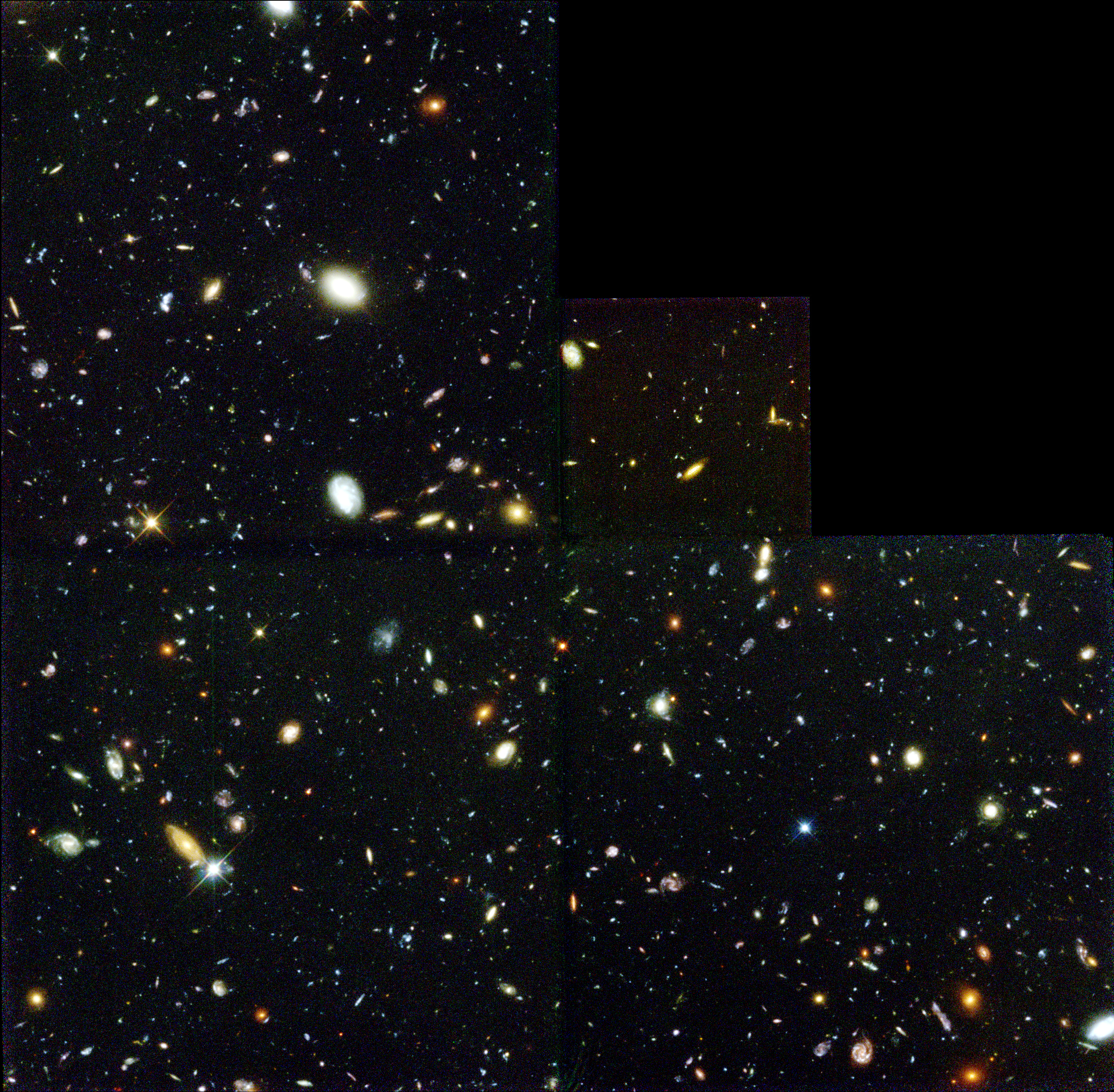Exploring the Cosmos
From our solar system neighbors to the far outer reaches of the early cosmos, Hubble's three decades of scientific discoveries have unraveled the sublime elegance and complexity that is our universe.
Quick Facts

Science Themes
Five science themes guide Hubble's observations of the universe.
Hubble charts changes in the atmospheres of the outer planets in our solar system and inspects worlds around other stars. It studies the realms of star birth and death, galaxy evolution, and the very origins and evolution of our universe. There is no aspect of astronomy that Hubble’s discoveries haven’t touched.
Learn More
Science Highlights
Explore observations that highlight the breadth of Hubble's three decades in space.
The stories you find here represent a small sample of Hubble’s thought-provoking discoveries and images. They serve to highlight some of Hubble’s greatest scientific achievements to date.
Learn More
Science Behind the Discoveries
Ever wonder how Hubble makes its discoveries?
Explore the fundamental science behind Hubble’s observations. Learn what different wavelengths of light can tell us about astronomical objects and how that light becomes the celebrated images we love.
Learn More
Hubble's Partners in Science
NASA's Hubble Space Telescope has a long history of working with other observatories to explore our universe.
Hubble's unique capability to see in ultraviolet, visible, and near-infrared light along with its high resolution make it a highly sought after collaborator in our quest to better understand the cosmos.
Learn More
Universe Uncovered
Take a sightseeing trip through the cosmos with Hubble.
Tour Hubble galaxy, nebula, and star cluster images then delve into the vastness of space with Hubble’s Deep Fields.
Learn More
Explore the Night Sky
Compare your views to those of Hubble.
Hubble observes many different types of objects across the night sky. With the aid of a pair of binoculars or telescope, some of those objects are also visible to backyard astronomers.
Learn More


























